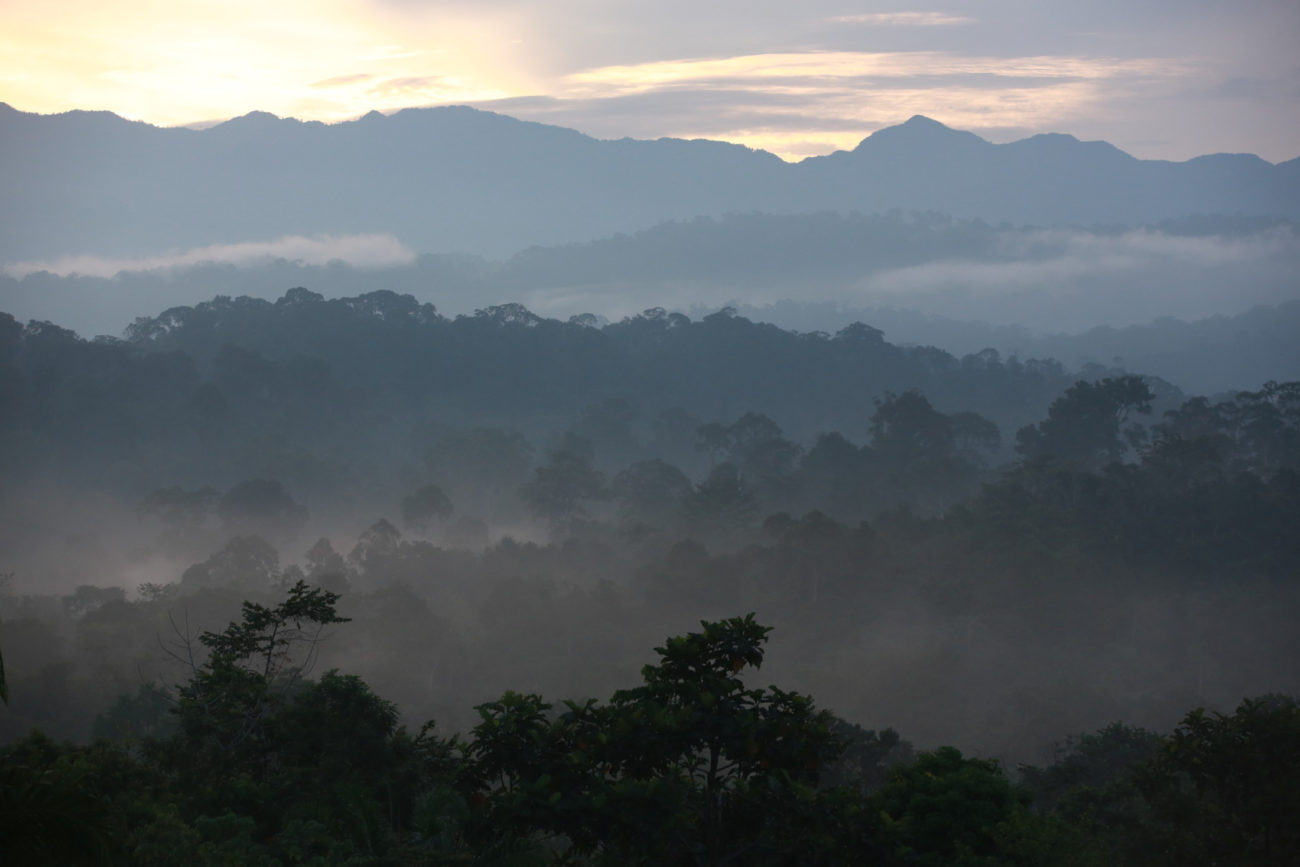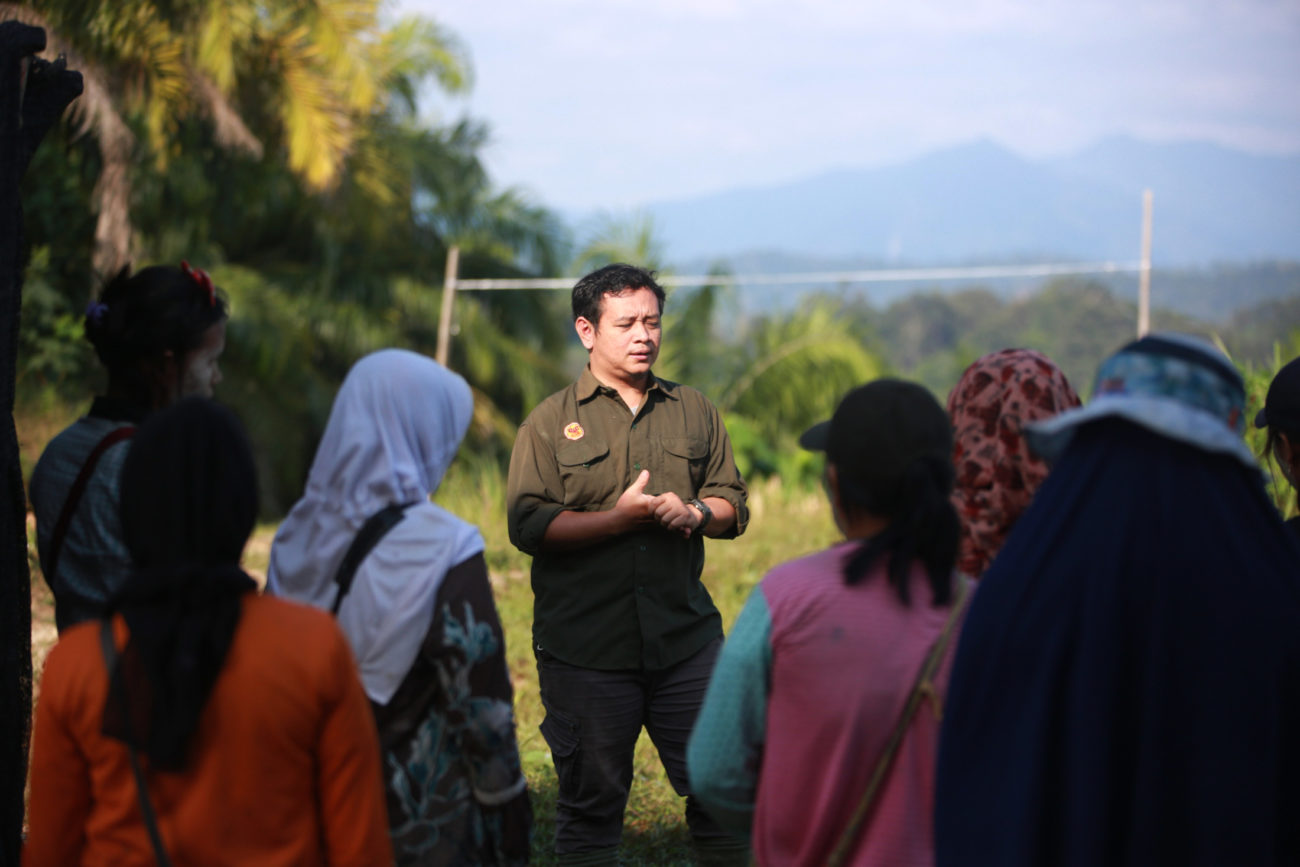Assisted natural regeneration
Assisted natural regeneration helps protect newly-planted trees from threats - but what other benefits does it have?The reforestation projects SOS supports in Sumatra all use assisted natural regeneration to restore areas of land that have been degraded. But how does this look in practice, and what are the benefits?
Why not just protect the land and let nature do its thing?
Fully natural regeneration is often suggested as an alternative to more labour-intensive restoration methods. For example, if we decided to use this method, after buying Selamanya Hutan through our Rainforest Home Appeal, we would have funded some fences or patrols to protect it but otherwise left it alone to recover over time.
While this would undoubtedly cost less money than assisted natural regeneration, the reality is that nature cannot be separated from people, and so involvement of and benefit to local communities is vital in ensuring that a restored forest remains protected long-term. Additionally, a lot of seed dispersal relies on animals and birds which may have long ago disappeared from a degraded area, so natural regeneration doesn’t always happen as quickly as it would if these species were present.

Why not just plant trees and leave them to it?
The aim of restoring forest is to restore a complex ecosystem with diverse plants and animals and natural ecological processes. Simply planting a large number of fast-growing trees to quickly turn an area green does not achieve this aim, and there have been cases where tree-planting is used as a ‘quick fix’ for carbon-offsetting without consideration of long-term sustainability or even the effectiveness of this method of carbon-offsetting.
What’s the long-term benefit of helping the process along?
A recent study by Philipson et al looked at carbon storage over a twenty year period – in areas where tropical forest in Malaysia was left to regenerate naturally, and in adjacent areas that had been restored with assisted natural regeneration. The results for carbon storage were stark – the forest restored with assisted natural regeneration was storing carbon 50% faster than the forest left to regenerate naturally.
Additionally, as mentioned above, leaving land to regenerate naturally can have negative social consequences. For example, if land that was previously used for agriculture is simply protected with fences and left to regenerate naturally, there is likely to be a loss of employment opportunities and income for people who previously made a living from agriculture. This would be an unacceptable cost:benefit ratio, while assisted natural regeneration creates jobs and involves people, rather than alienating them.

If we just plant trees and abandon them, we will not be able to engage the communities. The involvement of communities is key to successful restoration. We always inform the communities in advance regarding our activities. We explain and invite them to the restoration site, and they also receive financial benefits for the work they are doing. We’re not just providing an income to the communities; they also get to understand the importance of restoration and get involved in the protection of the forest. That grows over time into love for the area that they helped to restore. – Restoration Manager, Rio Ardi.

